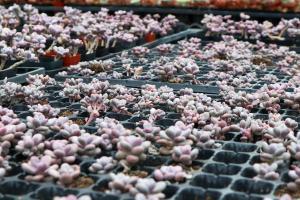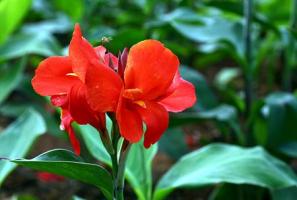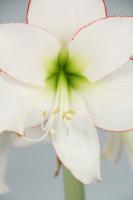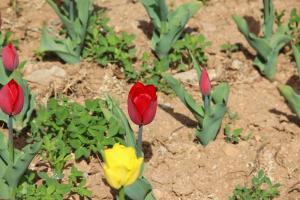1、 Illumination
In winter, the light is warm and soft, and there will be no sunburn caused by too much light. Therefore, we should bask more in the sun. Sufficient light can allow orchids to accumulate nutrients. If the light is insufficient, orchids will grow slowly, and their stems and leaves will be slender and do not bloom
2、 Temperature
Orchids are sensitive to temperature. For example, catlan will affect the flowering of plants if the temperature difference between day and night is small or the night temperature is too high. For example, orchids that need vernalization to bloom must have a low temperature period of 4-10 ℃ for one to two months in winter
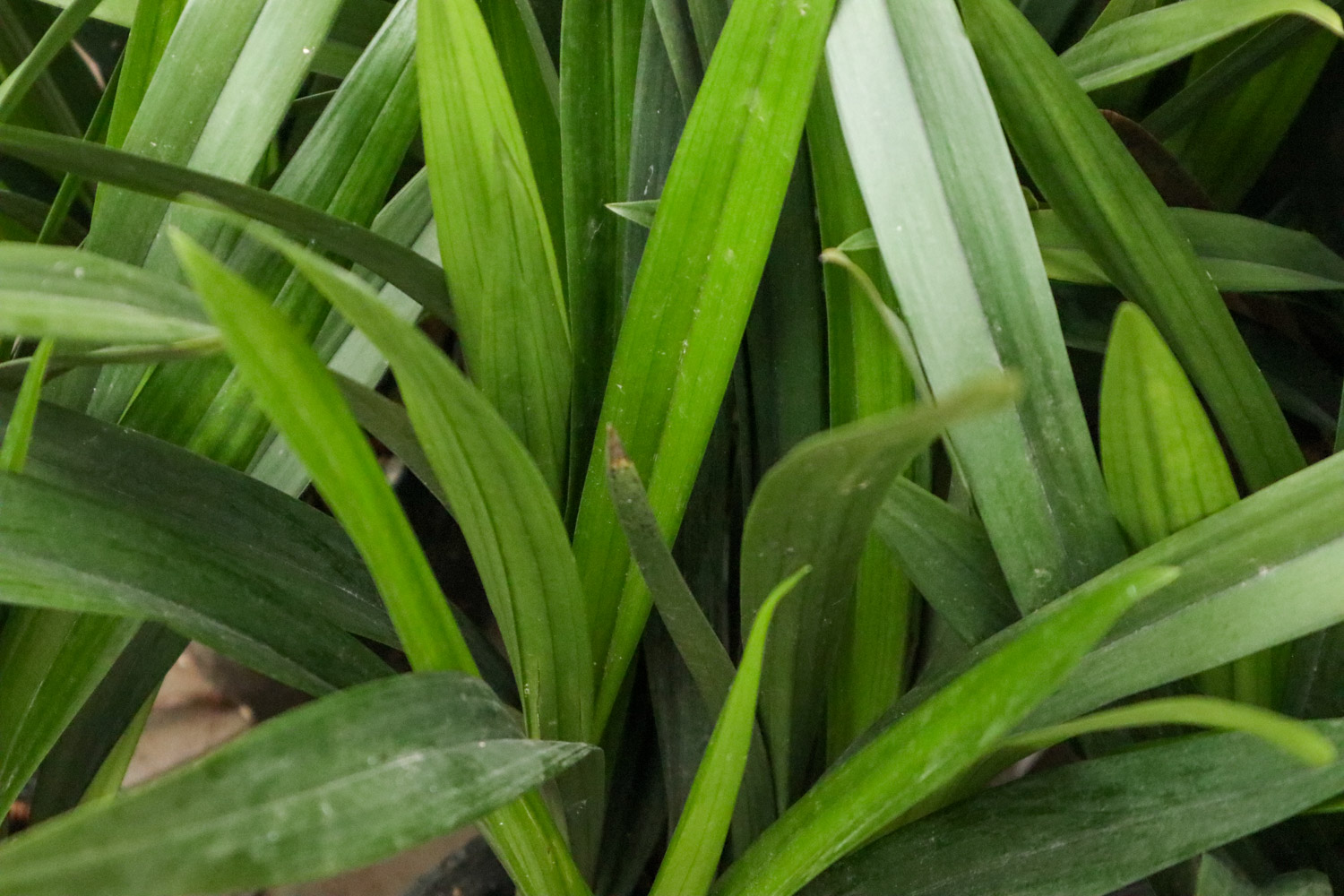
3、 Watering
When raising orchids in the heating room in winter, the indoor temperature is high, and the watering can be done as usual. For example, insert a long bamboo stick in the flower pot, pull it out and see if the bamboo stick is dry and watered. Test the watering with the bamboo stick method, which is applicable to any season of the year
4、 Humidity
When raising orchids in the heating room in winter, in fact, the most fatal point is the air humidity. Because the heating is turned on, the air humidity is particularly dry. You must often spray water around the plants to humidify them, or put a few pots of water next to the potted plants and a humidifier if possible
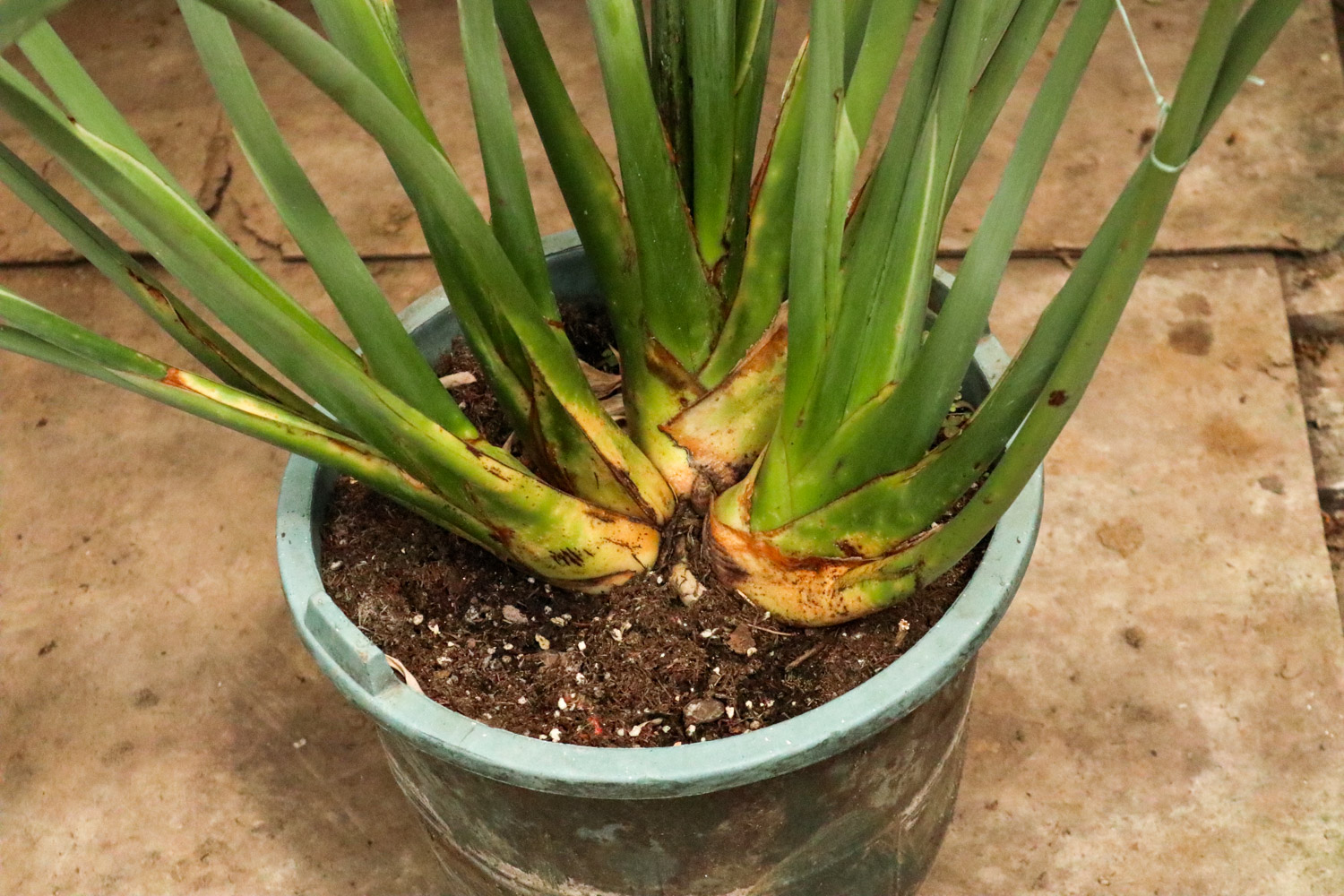
5、 Ventilation
The heating doors and windows are closed in winter. When spraying water around the plant, pay attention not to spray it on the leaves, otherwise the water on the leaf surface of the plant is stored, and the indoor ventilation is not ventilated, so it is easy to rot the leaves and stems. It is best to open the window frequently for ventilation at the highest temperature at noon
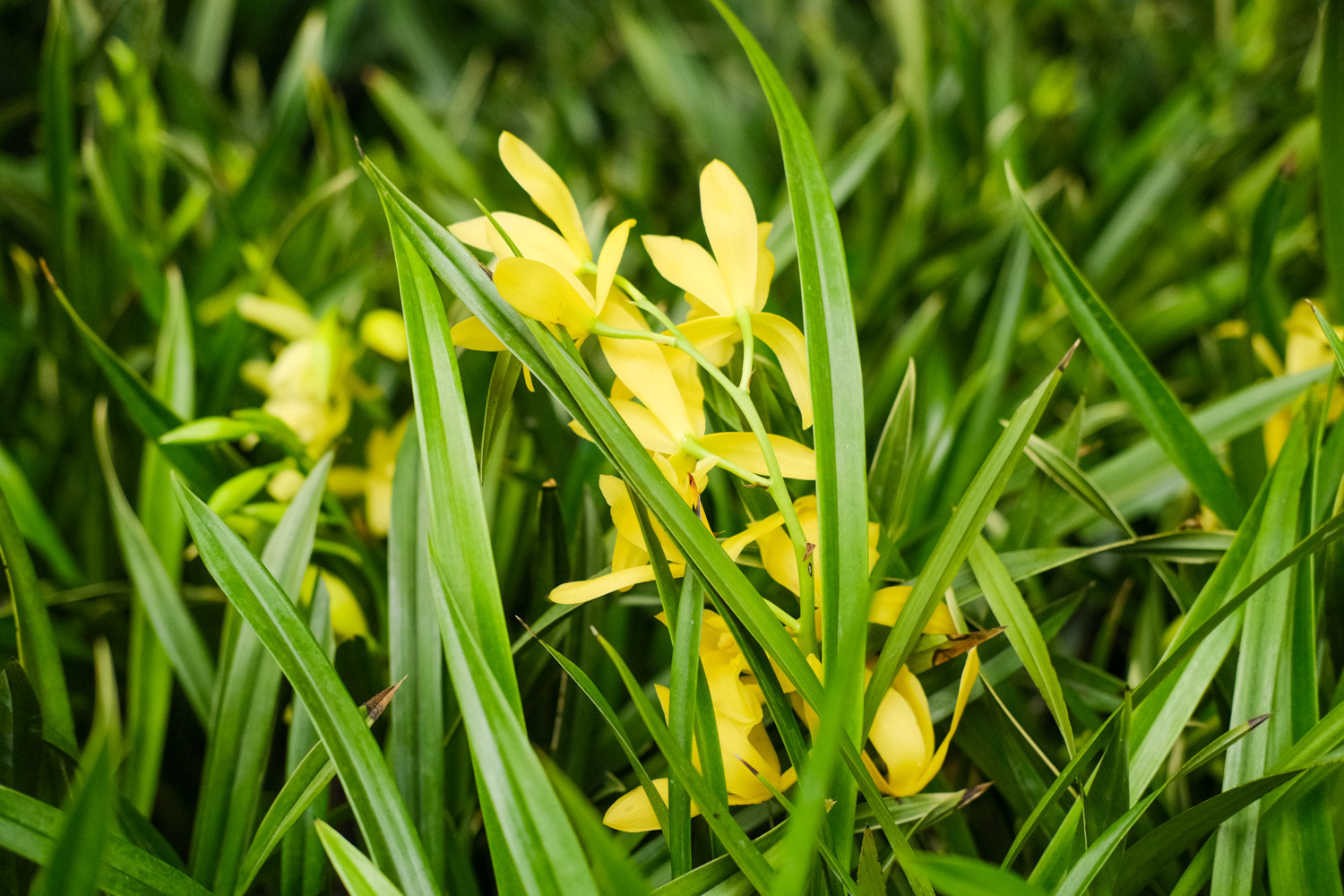

 how many times do yo...
how many times do yo... how many planted tre...
how many planted tre... how many pine trees ...
how many pine trees ... how many pecan trees...
how many pecan trees... how many plants comp...
how many plants comp... how many plants can ...
how many plants can ... how many plants and ...
how many plants and ... how many pepper plan...
how many pepper plan...